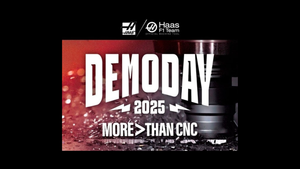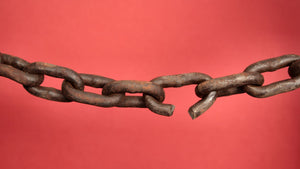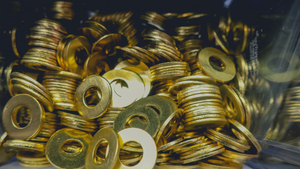3D scanning
Haas Demo Day Recap: Real Shop-Floor Additive Workflows
The big message from Haas Demo Day was simple. Your shop output is limited by the slowest step in your process. Additive helps remove those slow steps. We showed real examples where printed parts kept machines running, made casting faster, improved automation reliability, and eliminated labor-heavy masking. This is how 3D printing drives throughput and protects uptime.
Read more

Aug 18, 2025
PODCAST: How 3DChimera Uses 3D Printing and 3D Scanning to Solve Manufacturing Challenges
Alex Hussain, CEO of 3DChimera, joined the LIFT podcast to share how his team is making 3D printing and 3D scanning work in real-world manufacturing. The discussion covers practical ways to use additive manufacturing in demanding environments, from small batch production to on-the-spot problem solving.
Read more
The Playbook for Modern Manufacturing: Agility, Control, and Additive
Manufacturing isn't what it used to be. The old playbook doesn't cut it anymore. In this article, I share the three things we see separating the teams that are thriving from the ones that are stuck: agility, control, and additive. Plus, real examples of how companies are using these tools to solve real problems and stay ahead.
Read more
Tariffs Exposed the Weakness. 3D Scanning Is How You Take Control.
3D scanning isn’t a workaround. It’s a reset button. And when you pair that with reverse engineering, you can rebuild your entire product line without waiting on someone else to hand you the files.
Read more
From Tariffs to Turnaround: The Hidden Costs of Overseas Production
At 3DChimera, we’ve been helping companies break free from manufacturing dependency for over a decade. We guide our clients through the entire transition—from design to production—so they can move faster, cut risk, and scale smarter.
This isn’t about chasing trends. It’s about building resilience. The companies that survive the next few years won’t be the cheapest—they’ll be the most adaptable.
If you’re still relying on an overseas vendor for critical parts, it’s time to ask:What’s that actually costing you?
Read more
Why 3D Scan Data is Typically STL Instead of STEP
When working with 3D scanning, one of the first things you'll encounter is that the output is almost always an STL file rather than a STEP file. This distinction might seem trivial at first, but it’s rooted in the fundamental differences between these two file formats and the nature of 3D scanning technology.
Read more
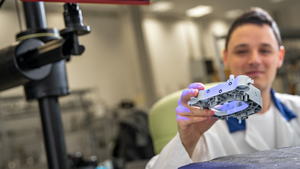
Sep 12, 2023
Why 3D Scan? Here's 12 real-world examples for engineers!
Discover the game-changing applications of 3D scanning for engineers. From reverse engineering to quality control, unlock new possibilities. Learn more!
Read more
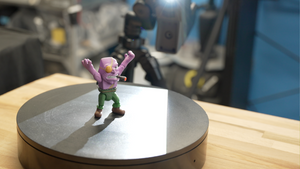
Mar 25, 2023
How to 3D Scan Action Figures
For one creative entrepreneur, his love of all things 90’s inspired him to create a new line of action figures that aims to recapture the magic of that era. Thus was born the idea for "9 to 5 Warriors."
Read more
Predictions for 2023: Advanced Manufacturing Poised for Explosive Growth
As we enter 2023, all the supply chain & logistics challenges that began with the start of the pandemic continue to plague just about ...
Read more
Streamlining your Inventory to Save Money
Discover how advanced manufacturing can revolutionize inventory management for industrial enterprises. Learn how 3DChimera can assist with CAD, 3D printing, and post-processing, enabling you to become your own supplier and optimize production processes.
Read more
Can The Tooling Process Be A Hidden Money Saver In Your Business?
Any change in tooling has a direct impact on the production line’s quantity, quality, and pricing, further impacting a business’ bottom line.
Read more
How to import a 3D Scan (or any STL) into SOLIDWORKS 2020
In this video we will show you how to import a 3D Scan (or any STL) into SOLIDWORKS 2020 so that it can be edited. We commonly run into questions about this for customers who are working closely...
Read more

